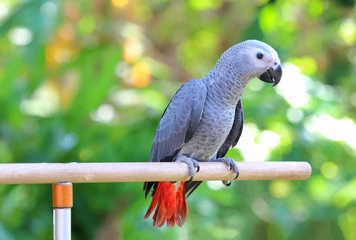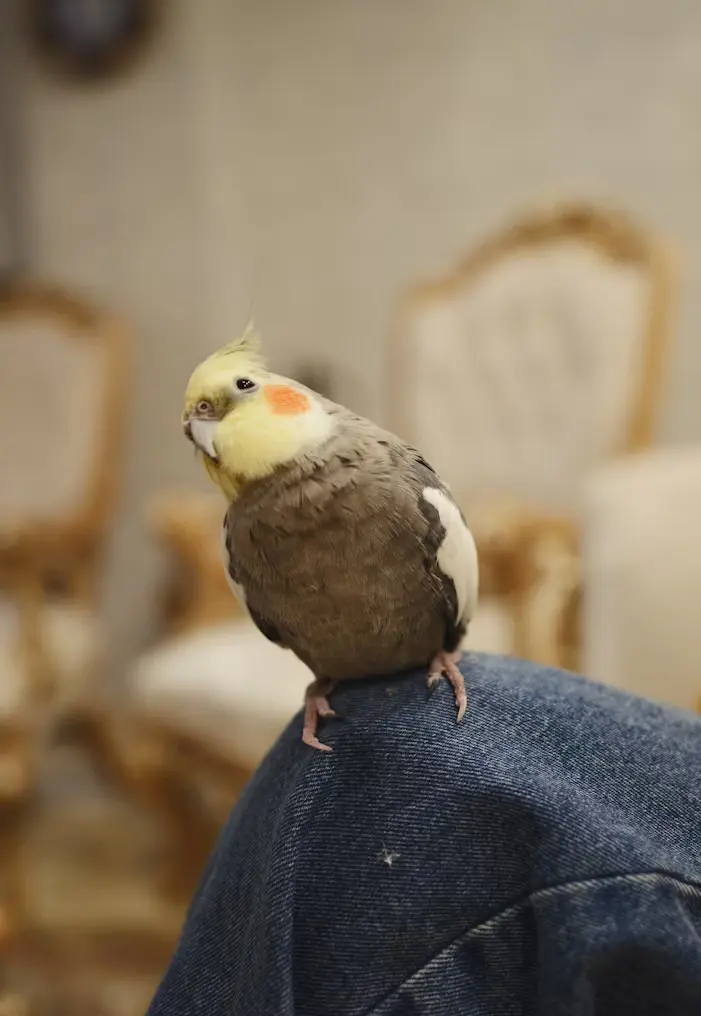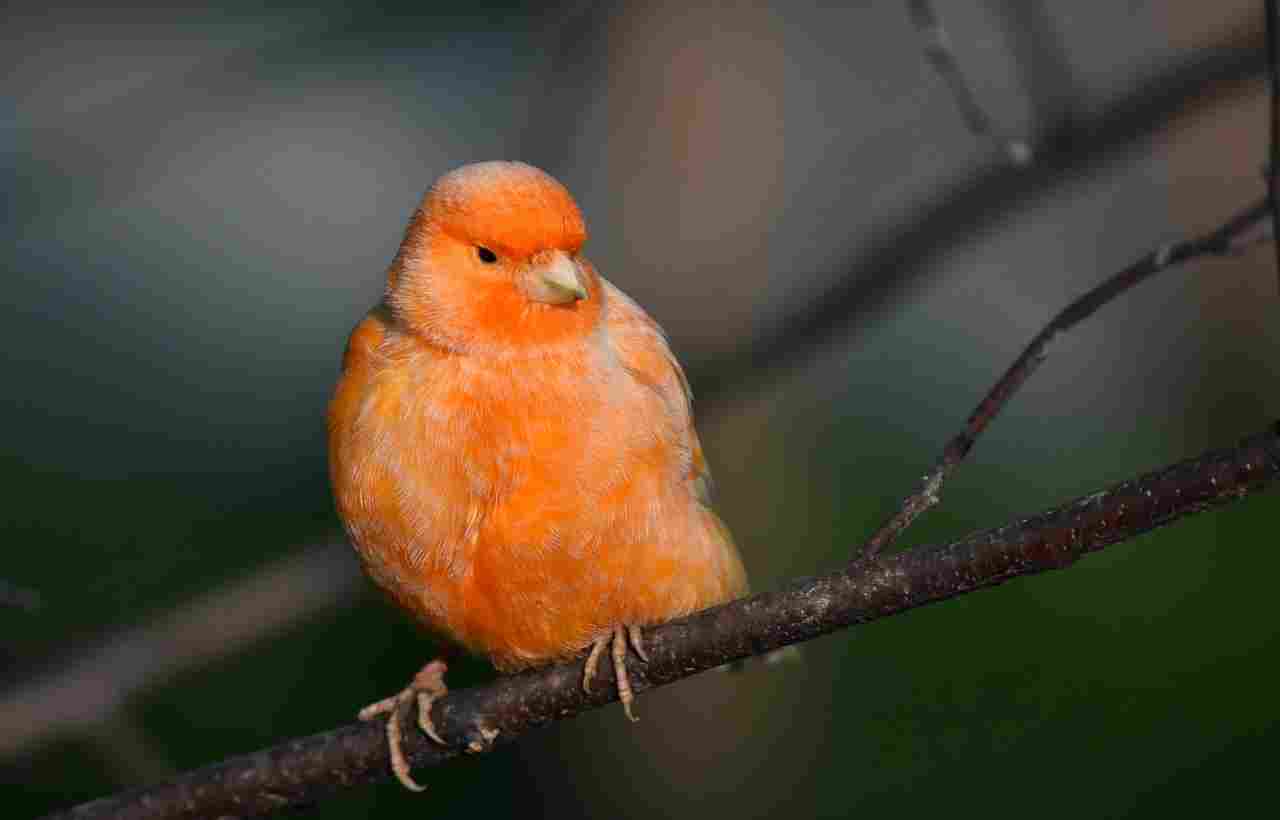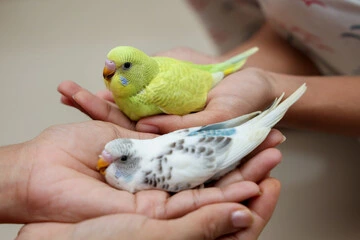Cockatiel Bird Female: Best Proven Secrets for a Happy Life
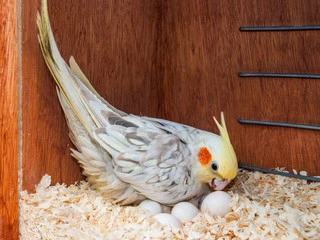
Imagine you bring home a stunning cockatiel, her pearled gray feathers shimmering under the light. For weeks, you puzzle over her quiet chirps and fascination with your closet corners. Then, one morning, there it is—a tiny, perfect egg nestled in her food dish. Panic sets in. Is she sick? Will she lay more? Is she even supposed to do this without a mate? Like many Cockatiel Bird Female guardians, you’ve stumbled into the complex world of hen tiel ownership, where instinct drives behavior in ways that often leave us bewildered but utterly captivated.
Female cockatiels possess an intense biological drive that shapes everything from vocalizations to nesting quirks and bonding styles. Understanding these distinct female behaviors, plus that vital identification trick (hint: her tail holds secrets!) and how to maximize her 20-year lifespan despite pitfalls like chronic egg laying, transforms confusion into confidence. Let’s decode your feathered girl together—because knowing her world ensures her thriving life in yours.
Table of Contents
Decoding Female Cockatiel Behavior: Hormones, Habits & Hidden Drives
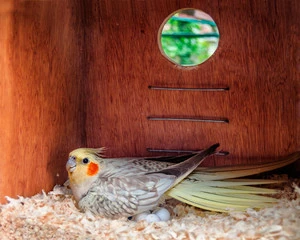
Male cockatiels often grab attention with enthusiastic whistles while females work more subtly—but don’t mistake subtle for simple. Female behaviors orbit around innate reproductive instincts even in solitary birds. Spotting these changes early stops small quirks from becoming serious health risks.
Prime Female Hormonal Behaviors:
- The Call of the Closet (Nesting Obsession): A hen detecting a shadowy cavity responds like a switch flipped. She excavates paper scraps, stuffs herself into bookshelves or shoe rack voids , and becomes fiercely protective. This nesting obsession signals rising hormones urging her to breed.
- “The Pose” Tells All (Vent Display): A female flattening herself, raising her rump high, tail fanned wide while chirping softly isn’t stretching—it’s vent display. This primed breeding posture inviting mating confounds owners unaware it’s definitive proof of a female. No male does this.
- Solo Egg Laying & Chronic Production: Females ovulate whether fertilized or not. Healthy hens may lay occasional eggs seasonally. But with favorable conditions—long daylight, cozy shelters, overly affectionate petting—their bodies overload on estrogen, churning out repeated clutches (5-7 dull white eggs per clutch is standard). Chronic laying depletes calcium reserves triggering brittle bones or fatal egg binding. An estimated 16% of female pet cockatiels suffer this disorder.
Managing High-Risk Hormones:
Ignoring triggers invites behavioral chaos. Take control by:
- Blocking access to dim nooks and box hideaways.
- Covering cages 12 hours nightly; simulate winter’s shorter days using timers.
- STOP petting down her back or wings. Strokes mimic mounting courtship—touch only her head.
- Rearrange cage toys weekly to break territory fixation.
- Ask your vet about hormone-blocking implants if laying persists longer than two weeks.
Companion Compatibility: Male, Female, or Single?
Solitary hens bond powerfully with humans but may become clingy. Bringing in a male risks aggressive mating demands. Pairing two females works—though bonding happens slower compared to male-female pairs since hen-to-hen dynamics depend on personality chemistry.
Caution: Never house three cockatiels together. Trios create jealous pairing-offs that inevitably victimize the third bird through relentless exclusion or attacks.
How to Identify Your Female Cockatiel: Visual Signs vs. DNA Tests
Visual sexing remains effective for standard gray cockatiels after their first molt (~6-9 months). Mutations like albino or pied erode visible cues—DNA testing ($20-$50) becomes essential then.
Definitive Visual Markings in Standard Females:
| Feature | Juvenile (Pre-Molt) | Adult Female | Adult Male (For Contrast) |
|---|---|---|---|
| Face Cheeks | Bright yellow | Dull yellow or muted orange | Vivid orange cheeks |
| Body Feathers | Barred tail/wings | Retain barred/spotted tail & wing feathers | Tail/wing bars fade to solid gray |
| Under Wings | Yellow with spots | Clear spots visible when wing lifted | Plain yellow; minimal/no spots |
| Vocalizations | Peep sounds only | Short contact calls; rare melodic attempts | Frequent whistling; capable of complex songs |
Key Identification Clues Beyond Plumage:
- Spots Under Wings: Lift her wing gently. Consistent small white/yellow dots confirm a female even in some mutations.
- Tail Barring: Horizontal stripes across tail feather undersides appear faintly in hens but vanish in adult males.
- “The Pose”: That unmistakable vent display suggests estrogen activity—likely female.
- Behavioral Tendencies: Less likely to shred paper, sing elaborately, or head-bob aggressively compared to males.
When DNA Testing Wins:
While visual checks work 80-90% of the time for greys, testing cloacal samples or feathers guarantees sex for cinnamon, opaline, or lutino birds showing ambiguous traits. Bonus: Avoid accidentally naming your quiet “Pebbles” male should she start laying!
Maximizing Female Cockatiel Lifespan: 15–25 Year Commitment Secrets
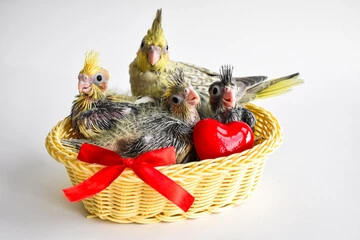
Under ideal care, female cockatiels routinely live 15–20 years. Documented cases reach 25–32! Cortisol stress spikes from breeding strains and calcium loss through repeated egg production sabotage longevity. Below, the most impactful strategies to secure her fullest, healthiest years.
Lifespan Killers & Solutions:
| Lifespan Danger | Why It Shortens Life | Your Prevention Plan |
|---|---|---|
| Chronic Egg Laying | Exhaustion, calcium depletion towards fatal osteoporosis, egg binding | Control light cycles, remove triggers, calcium supplements |
| Seed-Only Diet | Obesity, fatty liver disease, malnutrition weakens immune system | Convert to quality cockatiel pellets + veggies |
| Toxin Exposure (PTFE) | Poisoning from nonstick cookware or irons in minutes! | Ban nonstick pans near birds; use ceramic/steel |
| Lack of Exercise | Muscle degeneration associated with arthritis and depression | Flight time daily; climbing gym with rope nets |
| Solo Social Neglect | Extreme loneliness triggers self-destructive plucking | Shared activities, foraging puzzles, talk daily |
Boost Longevity Action Plan:
- Emergency Vet Protocols: Egg binding results in life-threatening rupture within 48 hours. If straining posture persists beyond one hour without passing an egg, rush to your avian vet for calcium injections or surgical removal. Don’t wait.
- Supercharge Calcium Levels: Offer cuttlebone always. Sprinkle leafy greens like kale. During egg production phases, vet-formulated liquid calcium added to water prevents depletion.
- Prevent Night Fright Trauma: 43% of unnatural deaths relate to panicked night flails crashing into cage bars. Use a dim nightlight.
- Companionship Calculus: Lonely birds exhibit weaker immune responses. If you work 10-hour days, add a compatible bird friend to prevent atrophy of her social wellness.
Solving Major Female Cockatiel Problems

Slumping shoulders and droopy wings signal exhaustion after months of repetitive egg laying. Did someone praise your “natural mothering” earlier? Now she’s critically ill. You aren’t alone—countless owners face these challenges:
Sudden Male Aggression Post-Laying:
Who: Male cockatiel savagely attacking nearby female.
Cause: Territorial nest-guarding urges misplace onto his mate instead of predators.
Save Her Fast: IMMEDIATE separation to adjacent cages halts attacks. Reintroduce later with roomy area and distraction foods. If hostile behavior persists during subsequent laying cycles, permanent separation safeguards the hen. Reports of severe injury from relentless male attacks underscore this danger.
The All-Consuming Hollow Obsession:
Why: Females evolutionarily crawl into tree holes to establish nests. Offering tiny hiding spots (e.g., tissue boxes), signals nesting safety to her instinct-brain.
Fix: Cat-proof nook access points. Give alternative shreddables like palm-frond mats away from cage corners. Distract with teaching simple trick training games daily. Physical changes override instinct faster than willpower alone.
Introducing New Cage Mates Wisely:
- Paired introductions outside main territories neuter jealousy issues. Exchange cages weekly scent-marking before mixing physical spaces.
- Female pairs eventually bond but require patience resisting quick hostility. Gradual steps work—never rush.
- NEVER skip quarantine plans for new birds unwilling to transmit disease risks immune systems suffer dealing with chronic egg production.
- Only introduce two birds max. “Groups of three cockatiels devolve into cruelty by forcing exile onto the least dominant bird.” explains noted aviculturist Dr. Phyllis Keller.
For restoring feather health and energy levels from years of eggs sapped minerals efficiently, switching from standard seeds to premium Hulled Pellets proves miraculous in personal flock tests witnessed! See our Diet Transformations Gallery here.
Frequently Asked Questions (FAQs)
Q: Will getting another female stop mine from laying eggs?
A: Not necessarily. Socially bonded hens sometimes trigger simultaneous hormone surges leading to competitive egg laying. Instead focus on environmental controls: limit sunny exposures to 8 hours, provide calcium-rich bok choy daily, remove cozy cushion piles your host repeatedly broods over enthusiastically.
Q: Can 2 female cockatiels and 1 male cohabitate without conflict?
A: Avoid this configuration. Your initial hope for harmony instead generates structurally-backed bullying dynamic when paired mates ostracize unpaired individual. Trios experience high rates feather-plucked injuries among the excluded bird. Split them into pairs with separate cages nearby achieving safer results overall.
Q: Why won’t my female tiel sing like males do?
A: Females express themselves primarily using chirps alarms rather than melodic whistling males adapt developing mating display skills to impress potential partners. That said, immersive training combined perpetual praise occasionally produces remarkably vocal female singers when intrinsically motivated mastering complex human tunes signals rare bonding commitment.
Q: How do I help my 11 month old female suddenly laying eggs?
A: Immediate intervention prevents egg-binding tragedy:
- Reduce Calcium loss feeding chopped kale/sardines weeks leading into hot seasons predict these events.
- Rigorously verify her sleeping areas remain completely dark minimum 12 hours daily.
- Discourage sitting behavior draw away piles nesting materials she collects.
- Capture weights weekly signaling worrying drops needing vet injections if strain continues passing shells irregularly next cycle period.
Your Journey Together Starts Now
Your female cockatiel opened your eyes to vivid realms entwined unique instincts and delicate vulnerabilities requiring your mindful nurture. From decoding barred tail feathers prove sex, altering lighting schedules halt exhausting egg cycles or preparing lead-free cooking environments reassuring decades long companionship—you steward something magnificent. Cherish that head-tilted gaze she gives whenever speaking softly near her perch today. These moments build legacies lasting decades.
Now share your experiences: Struggled with cage aggression mystery? Managed a chronic layer beautifully? Comment below with your stories and questions! Spread insight among fellow Cockatiel enthusiasts by sharing this guide across Facebook community groups or Pinterest boards today. Remember—thriving begins here.

